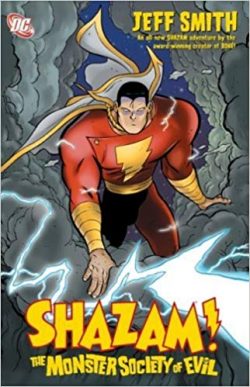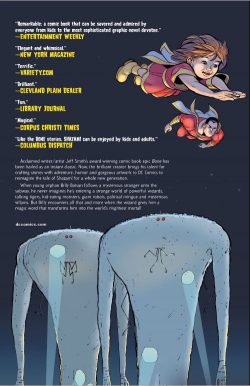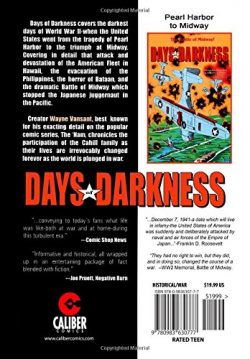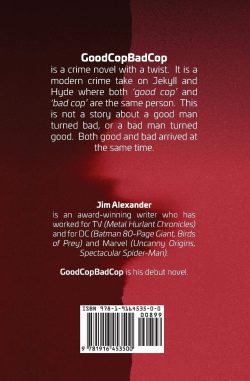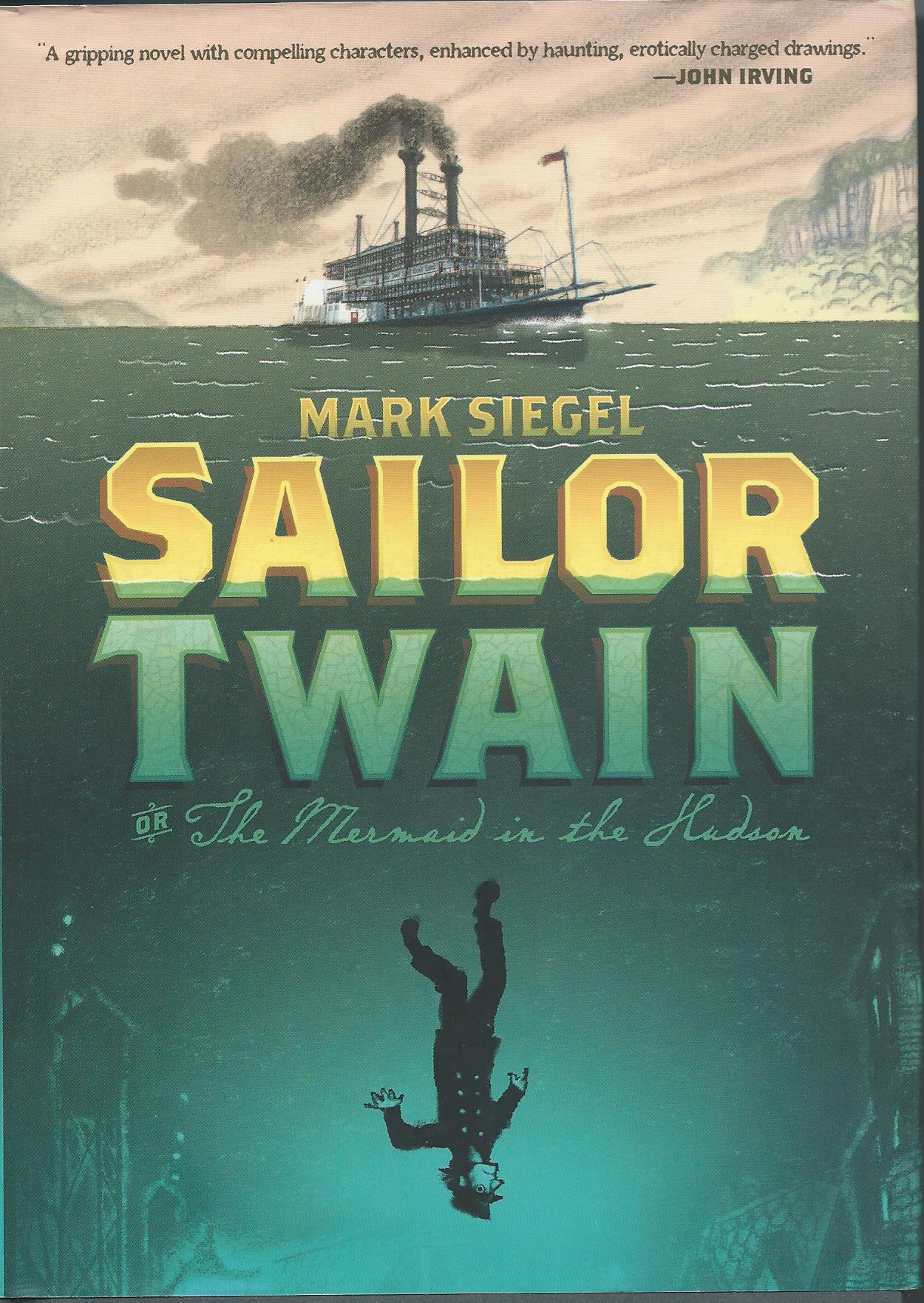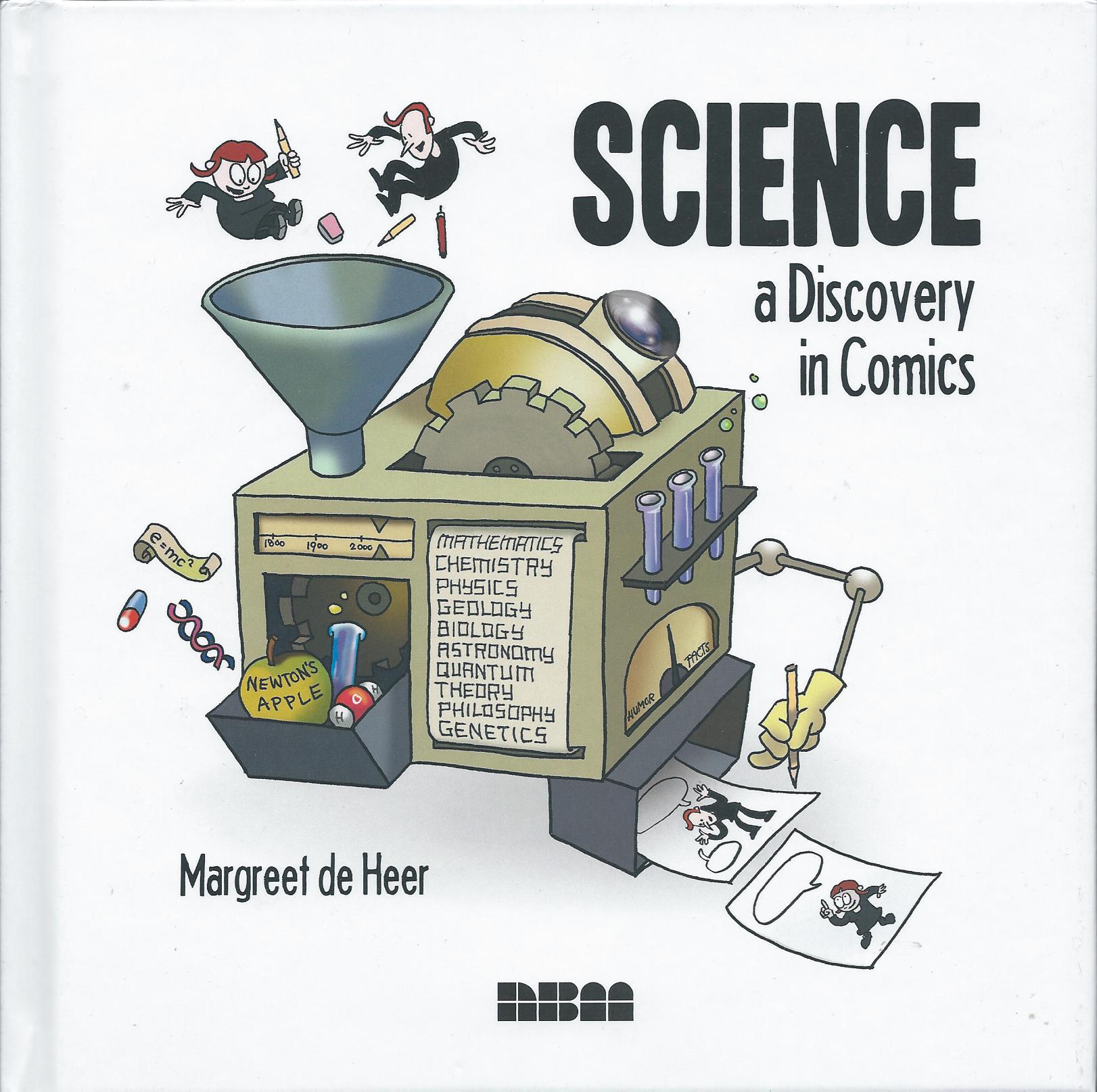

By George Herriman, edited by Bill Blackbeard (Fantagraphics Books)
ISBN: 978-1-56097-789-6
Win’s Christmas Gift Recommendation: En Ebsoloot Epitome of Graphic Wundah… 10/10
In a field positively brimming with magnificent and eternally evergreen achievements, the cartoon strip Krazy Kat is – for most cognoscenti – the pinnacle of pictorial narrative innovation; a singular and hugely influential body of work which shaped the early days of the comics industry and elevated itself to the level of a treasure of world literature.
Krazy and Ignatz, as it is dubbed in these gloriously addictive commemorative tomes from Fantagraphics, is a creation which must be appreciated on its own terms. Over the decades the strip developed a unique language – simultaneously visual and verbal – whilst exploring the immeasurable variety of human experience, foibles and peccadilloes with unfaltering warmth and understanding… and without ever offending anybody. Baffled millions, but offended… no.
It did go over the heads and around the hearts of far more than a few, but Krazy Kat was never a strip for dull, slow or unimaginative people: those who simply won’t or can’t appreciate the complex, multi-layered verbal and cartoon whimsy, absurdist philosophy or seamless blending of sardonic slapstick with arcane joshing. It is still the closest thing to pure poesy that narrative art has ever produced.
Herriman was already a successful cartoonist and journalist in 1913 when a cat and mouse who had been noodling about at the edges of his outrageous domestic comedy strip The Dingbat Family/The Family Upstairs graduated to their own feature. Mildly intoxicating and gently scene-stealing, Krazy Kat subsequently debuted in William Randolph Hearst’s New York Evening Journal on Oct 28th 1913 and – largely by dint of the publishing magnate’s enrapt adoration and overpowering direct influence and interference – gradually and inexorably spread throughout his vast stable of papers.
Although Hearst and a host of the period’s artistic and literary intelligentsia (such as Frank Capra, e.e. Cummings, John Alden Carpenter, Gilbert Seldes, Willem de Kooning, H.L. Mencken and Jack Kerouac) all adored the strip, many local and regional editors did not; taking every potentially career-ending opportunity to drop it from the populace-beguiling comics section.
Eventually the feature found a true home and safe haven in the Arts and Drama section of Hearst’s papers. Protected there by the publisher’s doctrinaire patronage and enhanced with the cachet of enticing colour, the Kat & Ko. flourished unharmed by editorial interference or fleeting fashion, running generally unmolested until Herriman’s death in April 1944.
The saga’s basic premise is simple: Krazy is an effeminate, dreamy, sensitive and romantic feline, hopelessly in love with Ignatz Mouse; a venal everyman, rude, crude, brutal, mendacious and thoroughly scurrilous.
Ignatz is a truly, proudly unreconstructed male: drinking, stealing, fighting, conniving, constantly neglecting his wife and innumerable children and always responding to Krazy’s genteel advances by clobbering the Kat with a well-aimed brick. These he obtains singly or in bulk from noted local brick-maker Kolin Kelly. And by the time of these tales it’s not even a response, except perhaps a conditioned one: the mouse spends all his time, energy and ingenuity in bouncing a brickbat off the mild moggy’s bonce. He can’t help himself, and Krazy’s day is bleak and unfulfilled if the hoped-for assault doesn’t happen…
The smitten kitten always misidentifies (or does he?) these missiles as tokens of equally recondite affection showered upon him in the manner of Cupid’s fabled arrows…
The final crucial element completing an anthropomorphic eternal triangle is lawman Offissa Bull Pupp: completely besotted with Krazy, professionally aware of the Mouse’s true nature, yet hamstrung by his own amorous timidity and sense of honour from permanently removing his devilish rival for the foolish feline’s affections.
Krazy is, of course, blithely oblivious to the perennially “Friend-Zoned†Pupp’s dolorous dilemma…
Secondarily populating the ever-mutable stage are a stunning supporting cast of inspired bit players such as terrifying deliverer of unplanned babies Joe Stork; hobo Bum Bill Bee, unsavoury huckster Don Kiyoti, social climbing busybody Pauline Parrot, portal-packing Door Mouse, self-aggrandizing Walter Cephus Austridge, inscrutable, barely intelligible Chinese mallard Mock Duck, dozy Joe Turtil and a host of other audacious animal crackers all equally capable of stealing the limelight and even supporting their own features.
The exotic, quixotic episodes occur in and around the Painted Desert environs of Coconino (patterned on the artist’s vacation retreat in Coconino County, Arizona) where surreal playfulness and the fluid ambiguity of the flora and landscape are perhaps the most important member of the cast.
The strips themselves are a masterful mélange of unique experimental art, cunningly designed, wildly expressionistic and strongly referencing Navajo art forms whilst graphically utilising sheer unbridled imagination and delightfully evocative lettering and language: alliterative, phonetically and even onomatopoeically joyous with a compelling musical force (“you sim to be cuttin’ a mellinâ€, “or “it would be much mo’ betta if it was a pot of momma lade or eppil buttaâ€).
Yet for all that, the adventures are poetic, satirical, timely, timeless, bittersweet, self-referential, fourth-wall bending, eerily idiosyncratic, astonishingly hilarious escapades encompassing every aspect of humour from painfully punning shaggy dog stories to riotous, violent slapstick.
Sometimes Herriman even eschewed his mystical mumblings and arcane argots for the simply sublime grace of a supremely entertaining silent gag in the manner of his beloved Keystone Cops…
There’s been a wealth of Krazy Kat collections since the late 1970s when the strip was first rediscovered by a better-educated, open-minded and far more accepting generation. This delirious tome covers all the strips from 1937-1938 in a comfortably hefty (231 x 305 mm) softcover edition – and is also available as a madly mystical digital edition.
Preceded by candid photos and examples of some of Herriman’s personalised gifts and commissions (hand-coloured artworks featuring the cast and settings), the splendid madness is bolstered by Jeet Heer’s superb analysis of production techniques in ‘Kat of a Different Color‘ before the jocularity resumes with January 1st 1939 – with the hues provided by professional separators rather than Herriman.
Within this jubilant journal of passions thwarted, the torrid triangular drama plays out as winningly as ever, but with a subtle shifting of emphasis as an old face gains far greater presence and impact whilst the one significant new face seems to be a scene-stealing rival for our fuzzy feline ingenue…
The usual parade of hucksters and conmen continue to feature, but the eternally triangular confusions and contusions – although still a constant – are not the satisfying punchlines they used to be, but rather provide a comforting continuity as the world subtly changes around the cast…
As well as frequent incarceration, Ignatz endures numerous forms of exile and social confinement, but with Krazy aiding and abetting, these sanctions seldom result in a reduction of cerebral contusions… a minor plague of travelling conjurors and unemployed magician also make life hard for the hard-pressed constabulary… which is expanding in personnel, if not wisdom…
Never long daunted, Bull Pupp indulges in a raft of home-away-from home improvements, and introduces mechanised, radiophonic and robotic policing, and sundry innovations in incarceration architecture…
As always, the mouse’s continual search for his ammunition of choice leads to many brick-based gags but now the mouse is often the receiver of painful retribution. His brief preoccupation with hornet’s nests ultimately proves to be a painful dead end though…
Of course, the mouse is a man who enjoys revenge served hot, cold or late…
A flurry of telescope buying adds an of nosy edge of conspiracy to proceedings, with spying as big a hobby for all citizens as stargazing and gossip used to be. At least, the traditional fishing, water sports, driving and the parlous and participatory state of the burgeoning local theatre scene remain hot topics in town…
And, welcomingly as ever, there is still a solid dependence on the strange landscapes and eccentric flora for humorous inspiration and all manner of weather and terrain play a large part in inducing anxiety, bewilderment and hilarity.
A big shift in status comes to old busybody Mrs Kwakk Wakk as she assumes a role akin to wise old crone and sarcastic Greek Chorus; upping her status from bit-player to full-on supporting cast. She has a mean and spiteful beak on her too…
The big change comes on July 7th 1940. Pupp is startled to see Ignatz going back to school and thinks it’s so he can ambush the Kat. That’s until he too meets the new teacher. Miss Mimi is French…
Soon class attendance is at record levels and the males are all making komplete fools of themselves…
This antepenultimate collection is again supplied with an erudite and instructional ‘Ignatz Mouse Debaffler Page’, providing pertinent facts, snippets of contextual history and necessary notes for the young and potentially perplexed.
Herriman’s epochal classic is a stupendous and gleeful monument to whimsy: in all the arenas of Art and Literature there has never been anything like these strips which have inspired comics creators and auteurs in fields as disparate as prose fiction, film, dance, animation and music, whilst fulfilling its basic function: engendering delight and delectation in generations of wonder-starved fans.
If, however, you are one of Them and not Us, or if you actually haven’t experienced the gleeful graphic assault on the sensorium, mental equilibrium and emotional lexicon carefully thrown together by George Herriman from the dawn of the 20th century until the dog days of World War II, this astounding compendium is a most accessible way to do so.
© 2007, 2015 Fantagraphics Books. All rights reserved.



